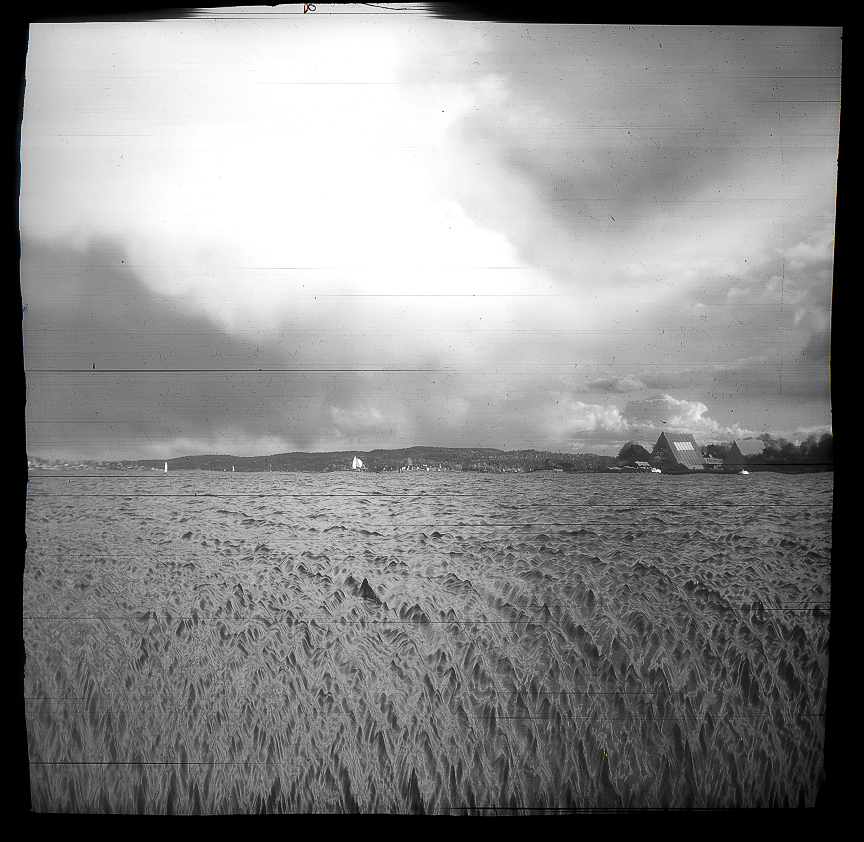this post was submitted on 28 Jul 2024
223 points (97.4% liked)
Photography
4840 readers
57 users here now
A community to post about photography:
We allow a wide range of topics here including; your own images, technical questions, gear talk, photography blogs etc. Please be respectful and don't spam.
founded 2 years ago
MODERATORS
you are viewing a single comment's thread
view the rest of the comments
view the rest of the comments

I think the people who make those claims are usually referring to vinyl records, not cassettes. That said, I would not be surprised if the people who claim they can hear a difference are mostly imagining it. Or perhaps it’s something that dates back to the early days of CDs when the equipment and mastering techniques were not as good as they became later in the ’90s/’00s, not something applicable today.
I suspect, but it's hard to find technical data, that the noise floor and dynamic range of vinyl are worse than cassettes.
You're right that there's a strong degree of interplay with other things though. Vinyl can really only be listened to indoors, which allows whomever is doing the mix to assume some things about the environment (it's likely quiet for example). Portable media really kicked off the loudness war, which mean if you listen to a record (or tape or anything else) from say the 60's or 70's it will sound a lot different than the same album "digitally remastered" in the 00s.